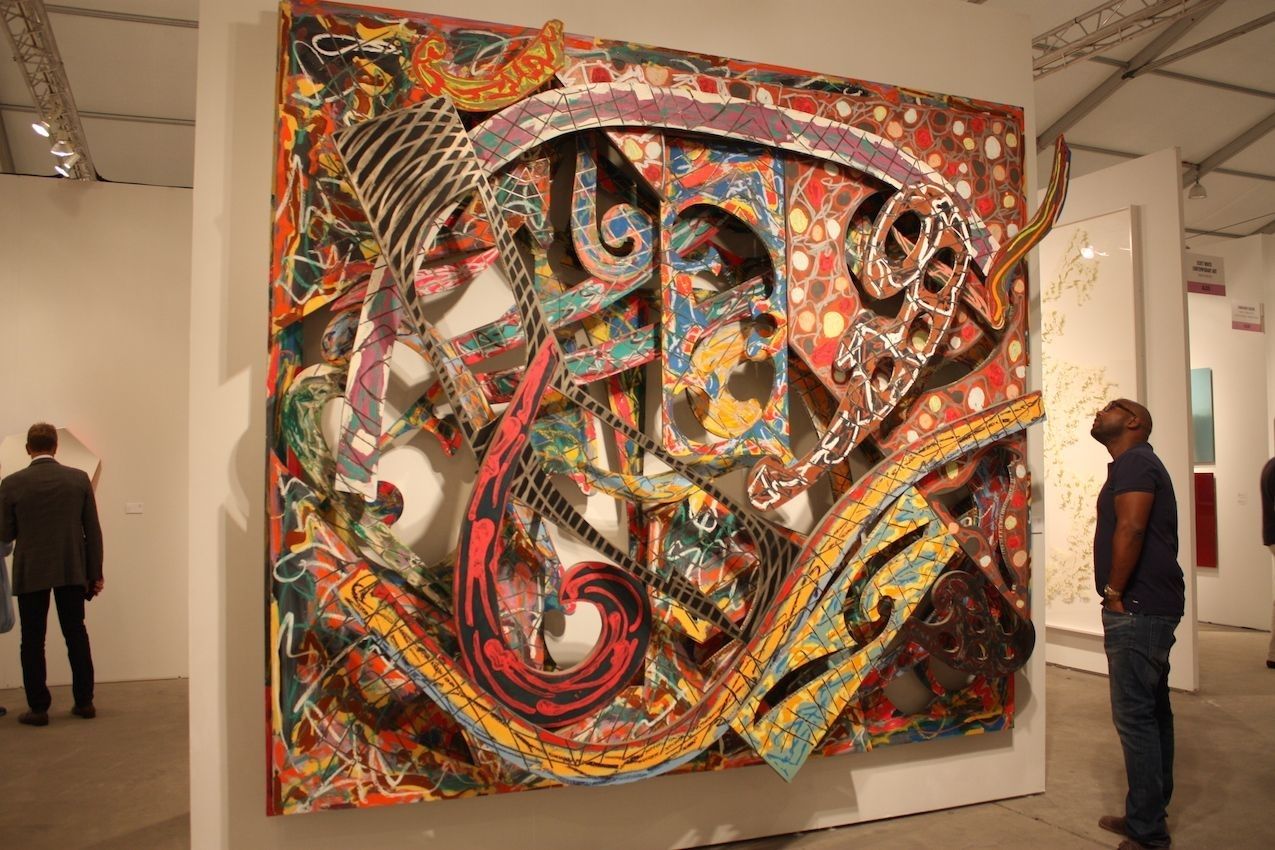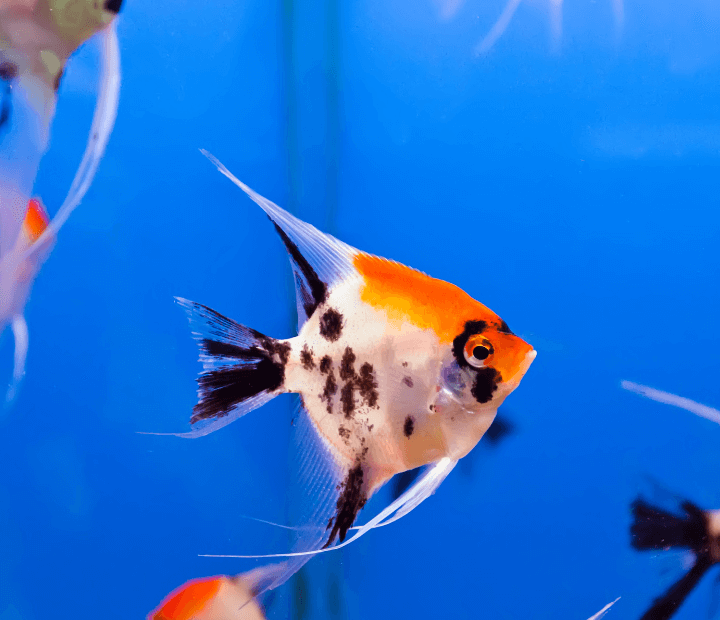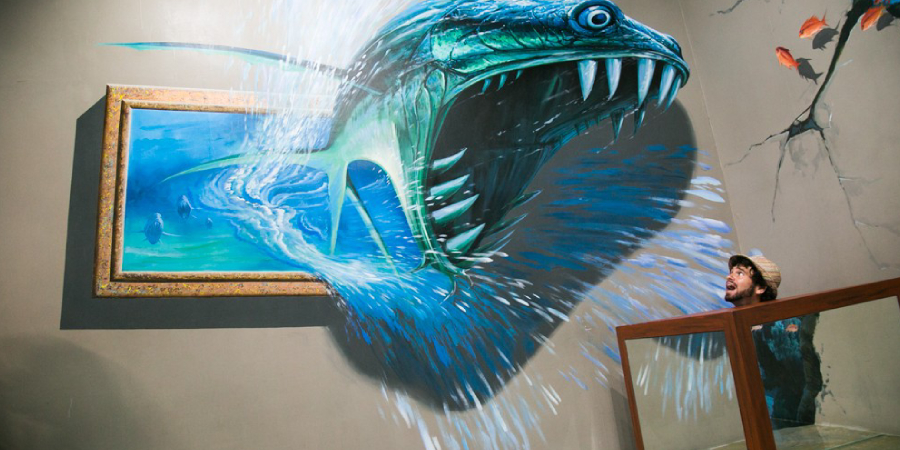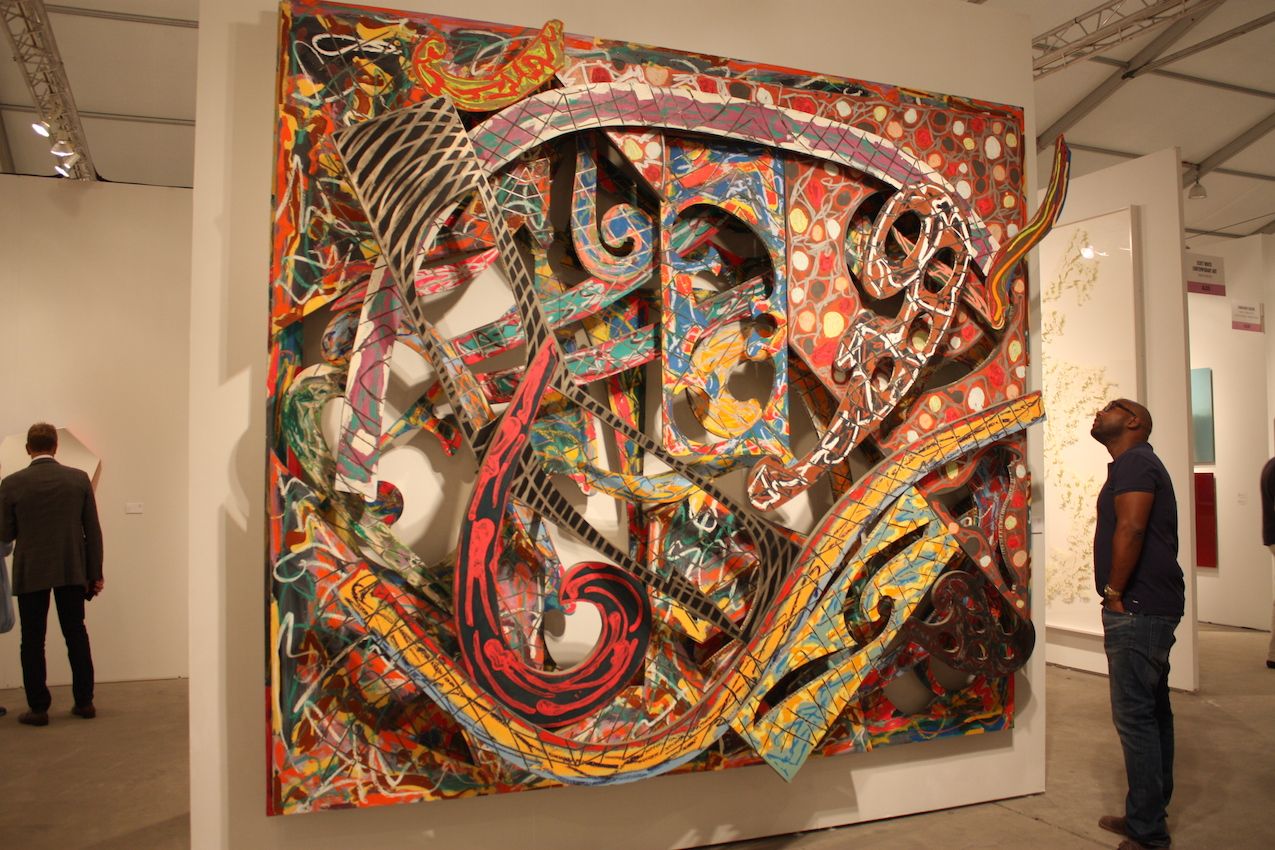In this auspicious occasion, we are delighted to delve into the intriguing topic related to Aquascaping: A Stunning 3-Dimensional Art Form. Let’s weave interesting information and offer fresh perspectives for you.
Aquascaping: A Stunning 3-Dimensional Art Form

Aquascaping, the art of creating underwater landscapes, has emerged as a mesmerizing hobby that combines creativity, aesthetics, and environmental awareness. This intricate craft involves meticulously arranging plants, rocks, and other elements to create miniature underwater worlds that evoke tranquility and beauty.
Aquascapes are not merely decorative showpieces; they are living ecosystems that provide a natural habitat for aquatic life. By carefully selecting plants and animals that complement each other, aquascapers create a thriving and sustainable environment that resembles natural underwater landscapes.
Related Articles: Aquascaping: A Stunning 3-Dimensional Art Form
- Aquascaping Brilliance: 10 Stunning Ideas To Transform Your Aquarium
- Aquascaping: An Art Form That Brings Nature To Life
- Aquascapes: The Art Of Underwater Wonder
- Incredible Iwagumi Aquascapes: The Art Of Simplicity And Serenity
- Aquascaping: A Majestic Underwater Realm Of Beauty And Serenity
The process of aquascaping begins with selecting a suitable aquarium. The size and shape of the tank will determine the scope and complexity of the aquascape. Once the aquarium is set up, the aquascaper chooses a theme or style for their creation. Popular styles include the Dutch style, characterized by lush plant growth and vibrant colors, and the Iwagumi style, which emphasizes the harmonious arrangement of rocks.
The next step involves selecting and arranging plants. Plants play a crucial role in creating depth, texture, and color in an aquascape. Aquascapers carefully consider the growth habits, size, and color of each plant to create a visually appealing and balanced composition.
Rocks and other hardscape elements also contribute to the overall design. Rocks can be used to create focal points, provide shelter for animals, and enhance the illusion of depth. Driftwood, stones, and other natural materials can add character and interest to the aquascape.
Aquascaping requires patience, precision, and a keen eye for detail. It is an art form that rewards the aquascaper with a stunning and ever-changing underwater masterpiece. Whether it’s a small nano aquascape or a large-scale masterpiece, aquascapes bring the beauty of the natural world into our homes, providing a captivating and serene escape from the everyday.




Closure
Thus, we hope this article has provided valuable insights into Aquascaping: A Stunning 3-Dimensional Art Form. We appreciate your attention to our article. See you in our next article!